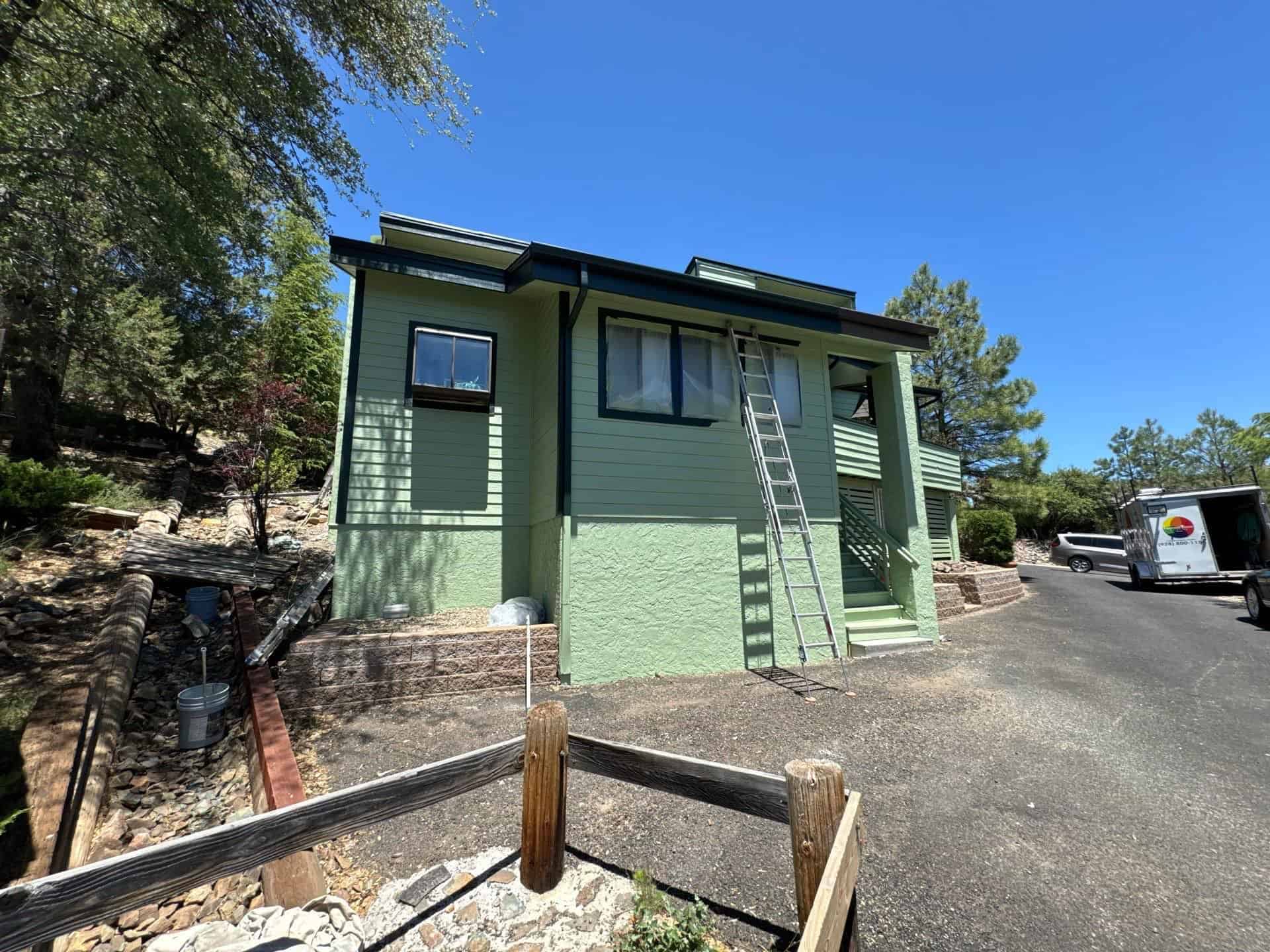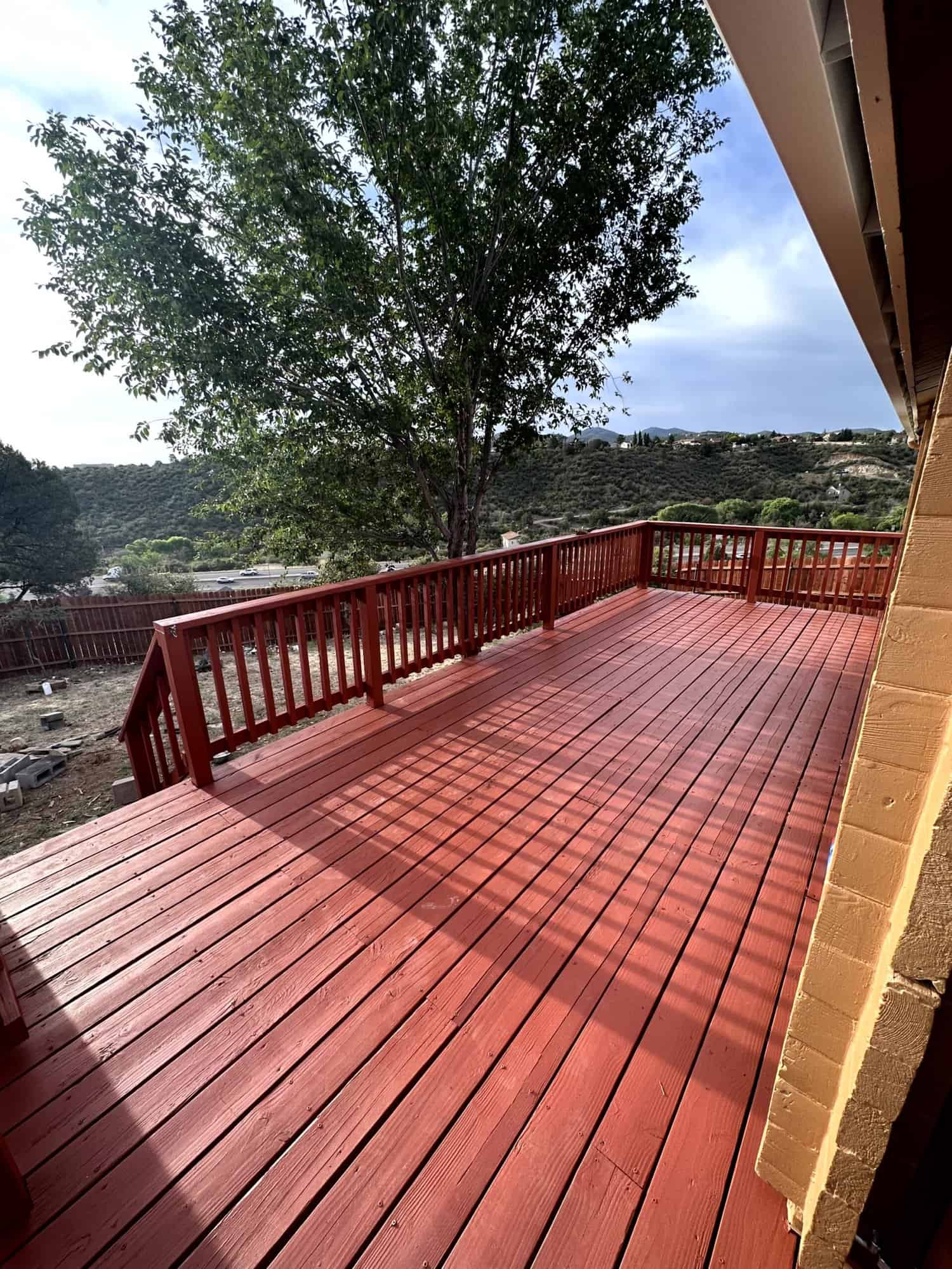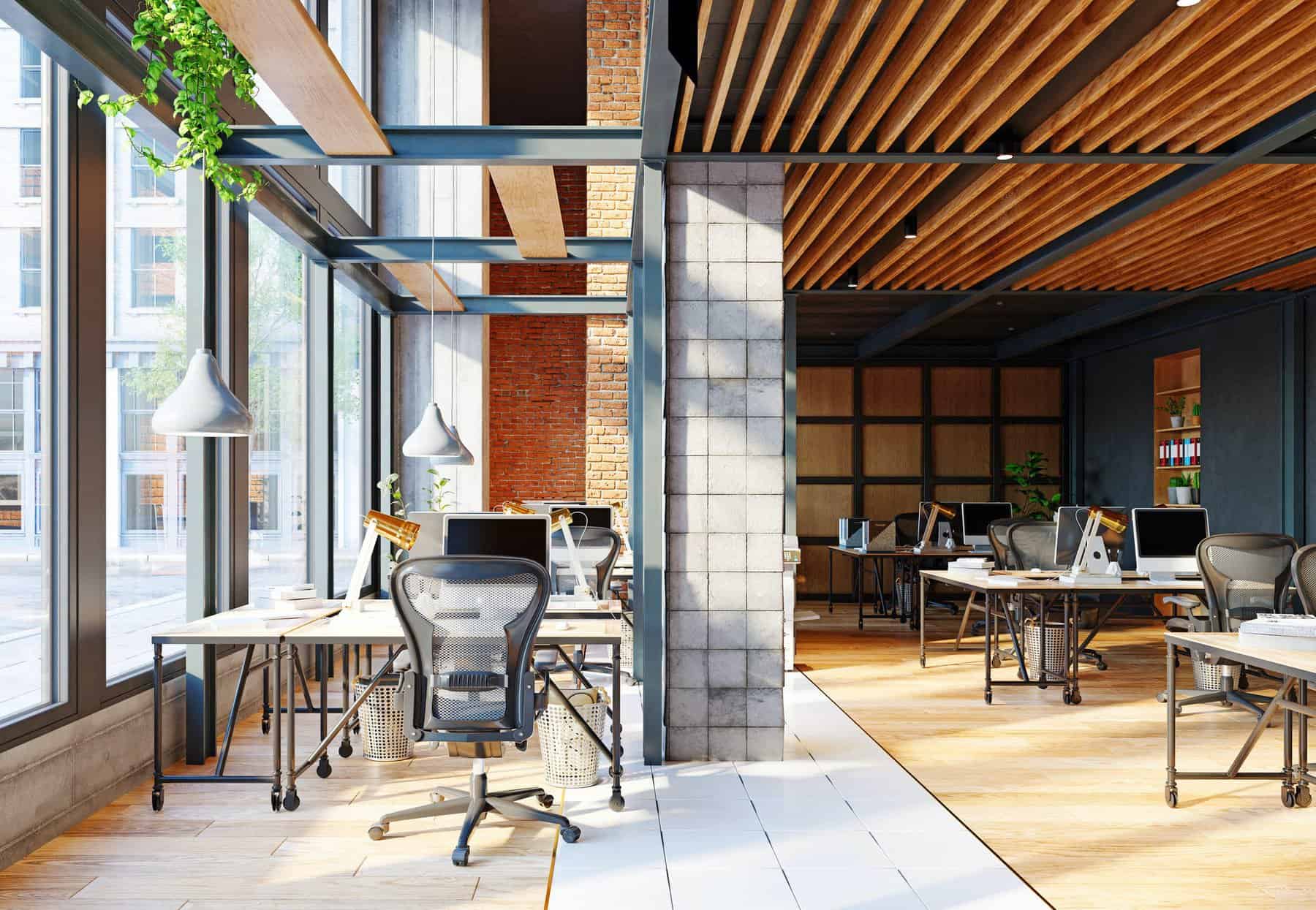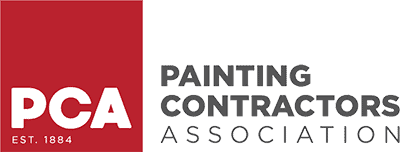Managing energy consumption is a key consideration for commercial buildings — whether you own a small warehouse, a sprawling factory, or a multistory office block. Rising energy prices, growing green-building codes, and tenant expectations for comfortable, sustainable spaces all underscore the need to be smarter about how you control solar heat.
This is where thermal reflective paint comes in. Also called “cool roof coatings” or “heat-reflective coatings”—this specialized paint reflects solar radiation away from your building’s surface instead of absorbing it.
This guide will walk you through how thermal reflective paint works, which products are available, where to apply it for maximum return, and what kind of benefits you can expect.
How Thermal Reflective Paint Works
The Science Behind It
At its core, thermal reflective paint is designed to reflect solar infrared (IR) and ultraviolet (UV) radiation back into the atmosphere instead of absorbing it. Traditional dark-colored roofs and walls absorb nearly 90% of solar radiation — causing surface temperatures to soar under a blazing sun.
Thermal reflective paints interrupt this process. Specialized pigments, resin technologies, and microspheres within the paint reflect a large portion of solar energy away from the surface — reducing its temperature by 20°F–50°F or more.
This, in turn, means less conductive and radiative warming, a lower rooftop temperature, and less solar loading entering your building.
Key Performance Metrics
Here are the main metrics you should know when evaluating products:
| Definition | |
|---|---|
| Solar Reflectance (SR) | Measures total solar energy reflectivity — higher is better. |
| Thermal Emittance (TE) | Measures ability to release absorbed heat back into atmosphere. |
| Solar Reflectance Index (SRI) | Combines reflectance and emittance; 100+ is desirable for cool roofs. |
Benefits for Commercial Buildings
For large, flat roofs or sun-exposed wall areas, reflecting solar radiation directly cuts cooling demand by reducing conductive warming and convection to the interior.
Some key benefits:
-
Lower energy bills, especially during peak summer months
-
Less stress on air conditioning equipment — extending its lifespan
-
Preservation of roofing materials against UV and thermal stress
-
Possible LEED points and ENERGY STAR incentives
-
Enhanced occupant comfort in non-air conditioned spaces, such as storage and loading docks
Best Use Cases and Surfaces
Commercial Rooftops
This is the most popular application for thermal reflective paint — particularly for flat or low-sloped roofs made of metal, single-ply, or modified bitumen. Thermal reflective paint reflects solar energy back into the atmosphere, reducing rooftop temperatures and mitigating the “urban heat island” effect.
Metal Buildings and Warehouses
Metal structures absorb solar radiation quickly and transfer it inward, causing indoor temperatures to rise. Thermal reflective paint can cut that transfer by reflecting much of the solar energy away, keeping the interior more comfortable and reducing reliance on air conditioning.
Masonry and Stucco Walls
Your exterior wall color and finish affect internal temperatures, particularly on south- and west-facing elevations. A reflective wall coating reduces solar absorption, slowing conductive warming and reducing your overall energy load.
Interior Ceilings in Unconditioned Spaces
For large industrial spaces — where adding climate control is prohibitively expensive — applying a thermal reflective paint to the ceiling can reflect upward radiation and help keep the space below 10°F–20°F cooler.
Geographic Considerations
Hot, sunny regions — Sun Belt, Southwest, Southeast — realize the greatest energy benefits. Nonetheless, buildings in more temperate areas can cut their peak summer loading and enjoy reduced energy bills.
Top Thermal Reflective Paint Products
Roof-Specific Coatings
| Product | SRI | Features |
|---|---|---|
| GAF TopCoat® | 100+ | Durable, elastomeric, ENERGY STAR rated |
| Henry® 587 100% Acrylic Dura-Brite™ White | 88 | Seamless, waterproof, UV-resistant |
| Sherwin-Williams Kool Seal® Elastomeric | 97 | Reflects solar rays, resists ponded water |
| Tropical Roofing 912 White Acrylic Coating | 85 | Reduces rooftop temperatures by 30°F+ |
Wall & Exterior Coatings
| Product | SRI | Features |
|---|---|---|
| Nansulate® Energy Protect | Transparent | Nano-insulating, clear protective layer |
| PPG Solarban® Heat-Reflective Coatings | 95+ | Durable, color-stable, strong UV resistance |
| Tex-Cote® COOLWALL® | 100+ | Durable, multi-layer, reduces wall temperatures by 40°F |
Interior Applications
| Product | Type | Benefit |
|---|---|---|
| Hy-Tech ThermaCels® | Microsphere additive | Adds reflective properties to ordinary paint |
| INSL-X® Heat Reflective Coating | Waterborne acrylic | Reflects 80% solar radiation; ideal for metal decks and factory roofs |
Measurable Benefits and Return on Investment (ROI)
Energy Cost Savings
Studies by the Department of Energy show 15–30% reductions in cooling costs after applying a thermal reflective paint. The greatest drops come during peak summer months when solar loading is highest.
HVAC Equipment Lifspan
Reducing rooftop temperature by 30°F or more cuts the stress on rooftop air conditioning components, extending their service life by 20% or greater. That translates into lower maintenance and eventual replacement costs.
Tax Incentives and LEED Point Contribution
Installing a rated cool roof can be eligible for federal, state, and utility incentives — often yielding a 30% or greater reduction in installation cost. Furthermore:
-
ENERGY STAR-qualified coatings may allow you to apply for federal energy incentives.
-
LEED v4 credits under Sustainable Sites and Energy & Atmosphere may be available.
Extended Building Envelope Life
Reflective coatings diminish thermal shock — the expansion and contraction associated with dramatic temperature fluctuations — reducing the risk of membrane failure, expansion joint damage, and water infiltration.
Application & Prep Considerations
Surface Preparation
To maximize reflectivity and lifespan:
-
Remove all dirt, debris, and oxidation first.
-
Repair any damage to the substrate.
-
Confirm surface is completely dry (moisture content under 10%) before applying.
Climate Timing
For best results, apply during a dry period with temperatures above 50°F.
Avoid applying during rain or heavy humidity — moisture can undermine proper curing and adhesion.
Application Methods
Most products can be applied by:
-
Airless sprayer for large, flat areas
-
Brush or roller for small spaces or details
-
Multiple thin coats (typically 2) for uniform coverage and proper film thickness
Safety and Compliance
-
Low VOC options are available for green buildings and LEED projects.
-
OSHA fall protection, proper protective gear, and careful surface preparation are all required when applying from a rooftop.
Professional Service Considerations
Why Professional Application Matters
Applying thermal reflective paint is not just a weekend DIY.
The contractor must match the coating to your substrate, apply it to proper thickness, and follow manufacturer instructions precisely. Incorrect application can undermine reflectivity, energy savings, and warranty coverage.
Services a Commercial Painter Should Provide:
-
Reflectivity Audit: Assess your current rooftop temperatures, solar loading, and energy usage.
-
Product Recommendation: Suggest products based on substrate and climate conditions.
-
Comprehensive Warranty: Provide a warranty against peeling, color fading, or failure — typically 10–15 years.
Key Question Checklist:
- Are you certified to apply this product?
- Do you perform a reflectivity or infrared survey first?
- Will your application be eligible for utility incentives or LEED points?
- What warranty covers both material and labor?
Conclusion
Installing thermal reflective paint is a smart, cost-effective way to cut energy usage, prolong the lifespan of your roof and wall materials, and create a more comfortable indoor environment — all while improving your bottom line.
Whether you own a large warehouse, a small office, or a multi-unit commercial building, reflecting solar radiation lets you control your energy expenses and stay compliant with green-building codes.
If you’re ready to maximize energy savings and prolong the life of your building, contact us today for a free estimate. Let’s find a solution that makes your property smarter, more efficient, and more comfortable.












